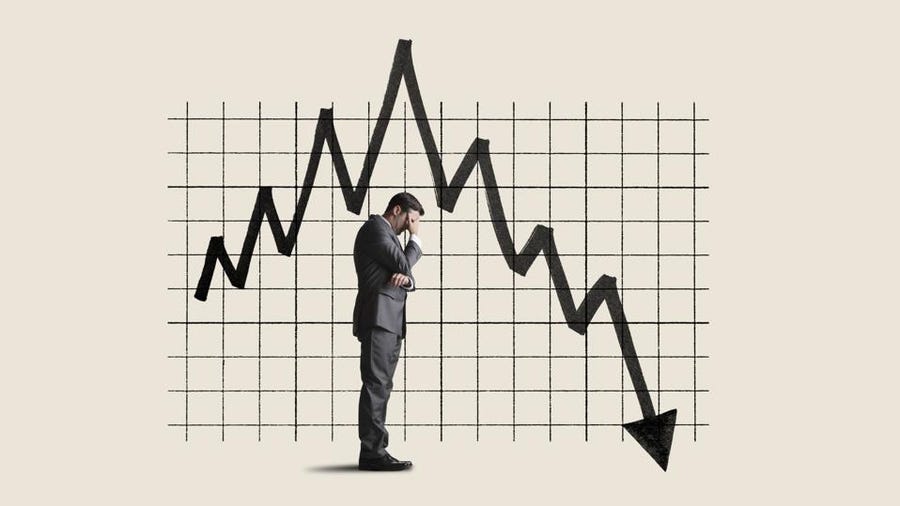While you’re thinking about all the advantages and disadvantages of long-term investing, take a moment to think about the burden of work you have to do in order to find these companies. If you don’t have that knowledge about how to research or time to do it all, you might want to skip.
The only time this is not true is when you’re looking at index funds as a vehicle for long-term investing. Even so, you’ll still need to do due diligence on those funds regardless.
Disadvantages of Long term Investment
-
Time needs to be on your side
When you’re weighing the cons of long-term investing: time is an issue.
Time is and always will be a factor with investments, particularly long-term ones. Ideally, you will have at least 20 years to wait in order to let your investments grow. It takes a long time.
For example, If you are 18 and looking to invest, then great! Long-term investing could give you a hugely profitable retirement really quickly. On the other hand, if you’re 76 and looking to do long-term investing for the first time, you’re probably going to be very disappointed in the returns you make.
-
Say goodbye to too much risk
Short term investing tends to be a lot more risk-friendly than long-term investing—and rightfully so! If you are a short-term investor, you’re not going to be too concerned about long-term management or business strategies because you are going to be more likely to be investing based on momentum or patterns.
If you want to indulge in some of the most dangerous investments you can make, long-term investing probably won’t be too good. Or, if you do indulge in them, expect them to be a much smaller portion of your portfolio than you initially expected them to be.
-
You will need to do a LOT of homework to make this work
Long-term investing often means that you will have to think about where the company is headed in 10, 15, or 20 years. Do they have what it takes to last that long? Does their management seem capable? Does their strategy work?
Those kinds of questions are things you’re really going to have to investigate and numbers alone won’t be able to show the full story. So, while short-term investing could be done with a quick glance at numbers, long-term investing will mean that you will have to take extreme care in what you’re buying.
Though all investing requires due diligence, long-term investing tends to be a lot more thorough in many cases. After all, it takes a while to find a company or a concept you feel you could trust for decades.
-
There’s so many ways you can do this, it’s hard to choose
Okay, so this isn’t really a pitfall, per se. However, it’s worth pointing out simply because all of the pros and cons of long-term investing can change the moment you talk about a different type of investing. Grouping all long-term investments into one folder isn’t something that should be done.
Long-term investing can take a plethora of different forms, and it’s important to find the type of investments that would work well for your goals. Do you want to invest in real estate? Buy up fine art? Hit the stock market?
There are so many different investments to choose from, it can be hard to do so. Of course, if you’re new to investing, you might as well have fun with finding the right one for you.
-
You need to be patient
Patience is a virtue—and it’s also mandatory if you want to do long-term types of investing. If you aren’t patient, then don’t bother weighing all the positives and negatives of long-term investing. If you can’t be patient, then stick to short-term investments. It’s a far more compatible form of investing for you.
-
Forgetting the stock
One dangerous fact is, when going with buy and hold strategy, investors always forget the stock for long time. That is a bad practice. Sometime company will decide to delist from the stock market but the investor may not getting any information. This is due to not monitoring the investment portfolio time to time. If happened, it would be a really panic situation for investors to run for selling that stock! Cadbury is the best example for that.
-
Bad picture of Buy and Hold strategy
Buy and hold strategy work with only good stocks -Say for ITC or SBI. We can blindly say these companies will exist in India for next 20 or 40 years.
“This is the basic secret of buy and hold strategy”. Investor must confirm through research that the invested company will exists with intact fundamentals and business for as long as the investor willing to hold the shares!
Conclusion
Buy and hold strategy work with best companies that have solid fundamentals, business and management. it is the duty of investor to select best companies, monitor their investment time to time and do the changes whenever required. Otherwise, long term investing strategy would be a definite collapse.




